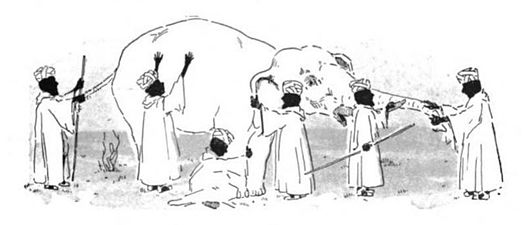Creating Dialogue for Mutual Understanding
At a time where oversimplifying and hostile messages dominate our public discourse and polarize our societies a culture of dialogue is urgently needed. Dialogue has the power to go far beyond a discussion or debate and can be defined as discussing areas of disagreement frankly in order to resolve them. Yet, dialogue is an art and does not happen by itself.
Crossing Borders Education (CBE) has created a wide variety of resources to support individuals, communities and institutions to initiate constructive dialogues. (The videos below can be used freely under a Creative Commons-NonCommercial-License.)
View the short video below on the power of dialogue and share it with your people.
Our short videos aim to inspire and support people to step out of their comfort zones and enter needed dialogues. View this short video below on reasons for engaging in dialogues.
View the short video below on the empowering dialogue process.
Diversity and Dialogue
Dialogue is not only appreciating diversity, but it essentially relies on it! Dialogue has the potential to teach us aspects of reality that are not yet integrated parts of our experience or awareness.
 The ancient Indian story of The Blind Men and an Elephant is a colourful example of diversity’s necessity and power. In the parable, a group of blind men surround an elephant to learn about its shape. After touching it, they compare their experiences and start to fight with each other: ‘An elephant has the shape of a tree’ says the one who touched it’s leg. ‘No, no, an elephant is like a wall,’ says the one who touched its side. ‘No way, an elephant is like a snake,’ says the one who touched its trunk. When a sighted man walks by and describes the entire elephant, the blind men get a glimpse of the ‘full picture.’ The story illustrates that our subjective experiences can be true, but that they are limited.
The ancient Indian story of The Blind Men and an Elephant is a colourful example of diversity’s necessity and power. In the parable, a group of blind men surround an elephant to learn about its shape. After touching it, they compare their experiences and start to fight with each other: ‘An elephant has the shape of a tree’ says the one who touched it’s leg. ‘No, no, an elephant is like a wall,’ says the one who touched its side. ‘No way, an elephant is like a snake,’ says the one who touched its trunk. When a sighted man walks by and describes the entire elephant, the blind men get a glimpse of the ‘full picture.’ The story illustrates that our subjective experiences can be true, but that they are limited.
We apply the story’s message to this work by saying: We need the ‘Other’! We need to hear diverse experiences and perspectives in order to grow a more complete image of reality. We need intercultural and interracial dialogue in order to better understand and serve the vibrant, aching, and diverse world we live in. To avoid conflict will not solve deep seated separation and social injustices. We need to grow the capacity and courage to address conflicts by processing them in safe spaces. Explore the real and incredible potentials on our page On Conflict Transformation.
Go Deeper
Explore constructive dialogue further on our page Dialogue Essentials. View below the short trailer of our film American Textures, which applies intercultural and conflict mediation skills to intergroup dialogue.
Contact us to initiate a powerful screening-dialogue-event with American Textures.


